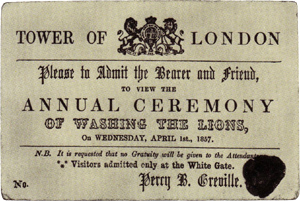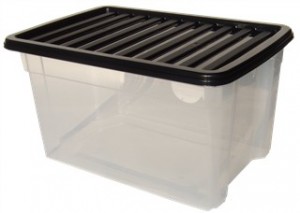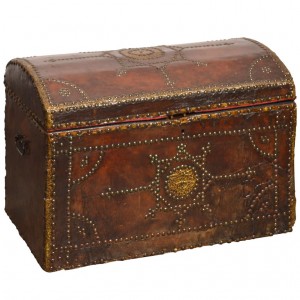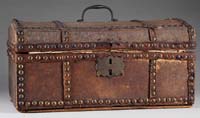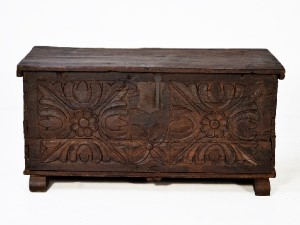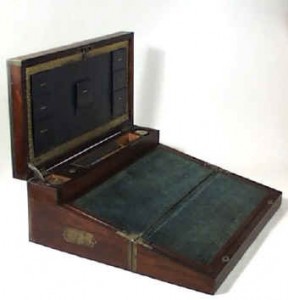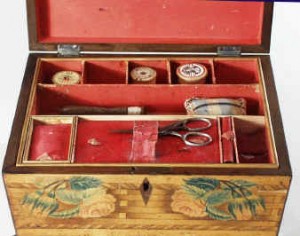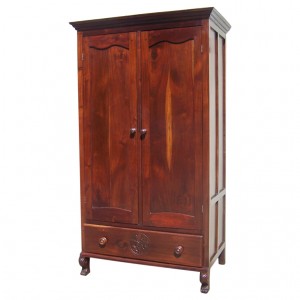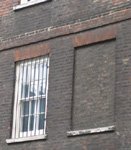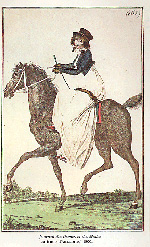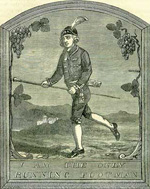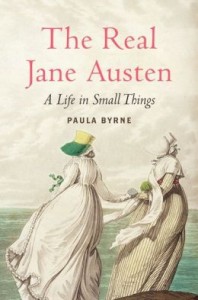 This week I am still buried in revisions, as well as a broken hot water heater (oh nooo! It just shows me I could never have handled actually living in historical eras–I need my hot showers). But I am also reading a great book, Paula Byrne’s The Real Jane Austen: A Life in Small Things, which I’m enjoying a lot.
This week I am still buried in revisions, as well as a broken hot water heater (oh nooo! It just shows me I could never have handled actually living in historical eras–I need my hot showers). But I am also reading a great book, Paula Byrne’s The Real Jane Austen: A Life in Small Things, which I’m enjoying a lot.
This book isn’t just a straightforward biography. Each chapter begins with an object from Austen’s life that evokes a key moment in her life or work. It’s a fun structure that paints a portrait of a witty, socially and politically aware woman whose books are very much of their time as well as being so timeless we love her characters still. Some of the objects are the topaz cross necklaces her brother gave her; her laptop desk; an Indian shawl; a royalty check; a barouche, etc etc. I started looking around my desk to see what I might have that could be in a comparable story about my life. (No royalty check at the moment, alas!)
 Instead of an Indian shawl I have a pink hoodie hanging on the back of my chair…
Instead of an Indian shawl I have a pink hoodie hanging on the back of my chair…
Instead of a vellum notebook, I have a Hello Kitty notebook from Target…
Instead of a quill pen, I have a Disney princess pen with a feathered skirt–it writes in yellow and blue ink…
 Speaking of Hello Kitty, I have a reading HK I got from a McDonald’s Happy Meal! I had to stop this post for a minute to make her move the little book…
Speaking of Hello Kitty, I have a reading HK I got from a McDonald’s Happy Meal! I had to stop this post for a minute to make her move the little book…
I have stacks of research books, little slips of paper with random notes written on them, and an Eiffel Tower cocktail shaker I got as a wedding present. Not as nice as Austen’s little table maybe, but at least no one will interrupt me to feed the chickens or do some embroidery!
What’s on your desk? What items would evoke your world? And on a whole different note–I am trying to plot a Christmas short story and am having a hard time, since tulips are blooming outside my window and I’ve been shopping for shorts on J.Crew.com. What do you love to see in holiday stories???


